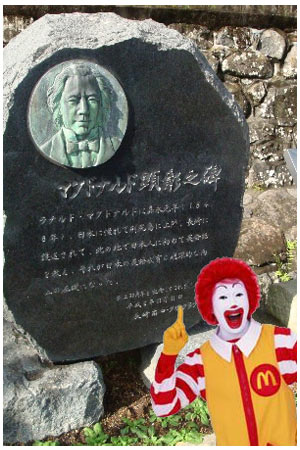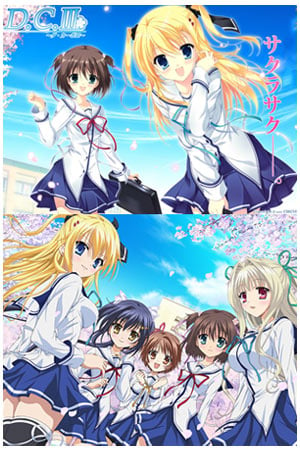Hello again from J-List! It’s time for another slice of life from the land of strawberry and whipped cream sandwiches. No, seriously. As gaijin, it can be interesting to study Japan by looking at the foreigners who interacted with the country before us, and who were likely confused by the same things, like how to use chopsticks or how to wear a yukata so that it won’t have slid off your body by morning. Interesting people like John Kendrick, an American who participated in the Boston Tea Party and fought in the Revolutionary War then went on to be the first American to visit Japan. Or the amazing William Adams, an Englishman who changed the course of Japanese history when he arrived in Japan in 1600 and became the friend and personal advisor of Ieyasu Tokugawa, as well as the first-ever foreign daimyo feudal lord. Albert Einstein also had a special relationship with Japan, spending several months here in 1922-1923, even visiting Nara and feeding the deer there.
Then there’s a man with the unlikely name of Ranald MacDonald (no relation, I’m sure), who has the distinction of being the first English teacher in Japan. A half-Chinook, half-Scottish bank employee, Ranald happened to encounter three Japanese fishermen who had washed ashore in Washington State but were unable to return home because of their country’s policy of enforced isolation from the outside world. Touched by their plight, he decided he would go to Japan, despite the fact that it was death for foreigners to enter the country, and in 1848 he booked passage on a whaling vessel that would take him close to Hokkaido. Pretending to be a survivor from a shipwreck, he allowed himself to be rescued by the aboriginal Ainu and was handed over to the local Samurai lord, who shipped him off to Nagasaki. Although many Japanese could speak Dutch, not a soul knew English, so Shogun officials decided to send several bright students to learn English from Mr. MacDonald while he awaited a ship to take him home. The studies paid off, and when Admiral Perry showed up in 1853, students trained by MacDonald were able to communicate with him. If Mr. MacDonald had thought to write a book about his exploits in Japan he’d have become famous all over the world, but instead he was completely unknown until 30 years after his death. Today there’s a commemorative statue in Nagasaki thanking Mr. MacDonald for his contribution, and if I know Japan, I’m pretty sure they sell little cakes or rice crackers with his face on them, too.

The first English teacher in Japan was…Ranald McDonald?















